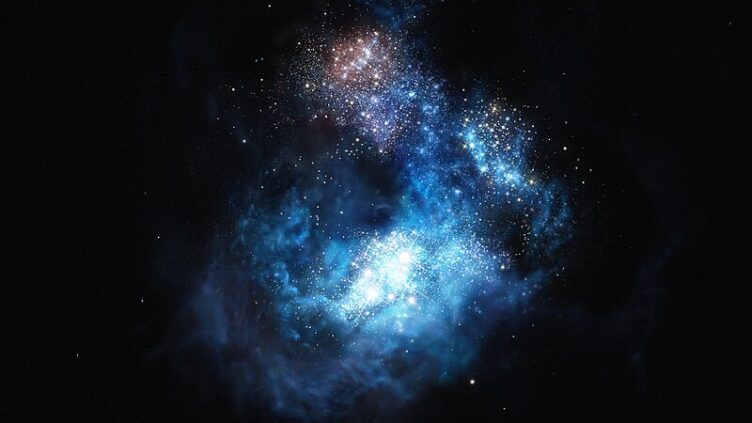Coordination:
David Sobral
Scope:
In order to understand how galaxies form and evolve, we need to conduct detailed studies up to very high look-back times (high redshift), gathering large and robust samples of galaxies over representative volumes. Over the last 5 years, I have led a significant effort towards achieving such goals for the last 50% of the age of the Universe and derived by far the largest samples of distant H-alpha (Ha) selected star-forming galaxies. Those have allowed me to detail the nature and evolution of galaxies like our own Milky Way over the last 6 billion years, with very high impact results. Recently, I have started an even more ambitious set of projects, in order to extend our understanding to even earlier epochs in the Universe, and I have already been able to derive the first fully self-consistent star formation history of the Universe. My results show that the overall star formation activity has been strongly declining over the last 11 billion years (since z~2.2), but also reconcile fundamental observables in the Universe, greatly contributing to our understanding. Now is the time to understand what is driving the strong decline in the cosmic star formation activity since z~2.2, but also to extend my studies to even earlier times in the history of the Universe (z>>2). I will do this very effectively by conducting a unique Lya-Ha very large double-blind survey at z=2.2 and then extend my very wide narrow-band surveys in multiple “slices” using Lya all the way to z~9, potentially confirming and studying the most distant galaxies ever found. My project will take full advantage of the large amount of telescope time I have already been awarded as PI (on some of the most competitive facilities; e.g. Subaru, ESO/VLT, CFHT) and co-I (e.g. ALMA). My uniquely large samples of very distant galaxies (selected with the same method across cosmic time) will allow us to understand exactly how/when galaxies like our own formed and how/why they evolve over the last 13 billion years.

